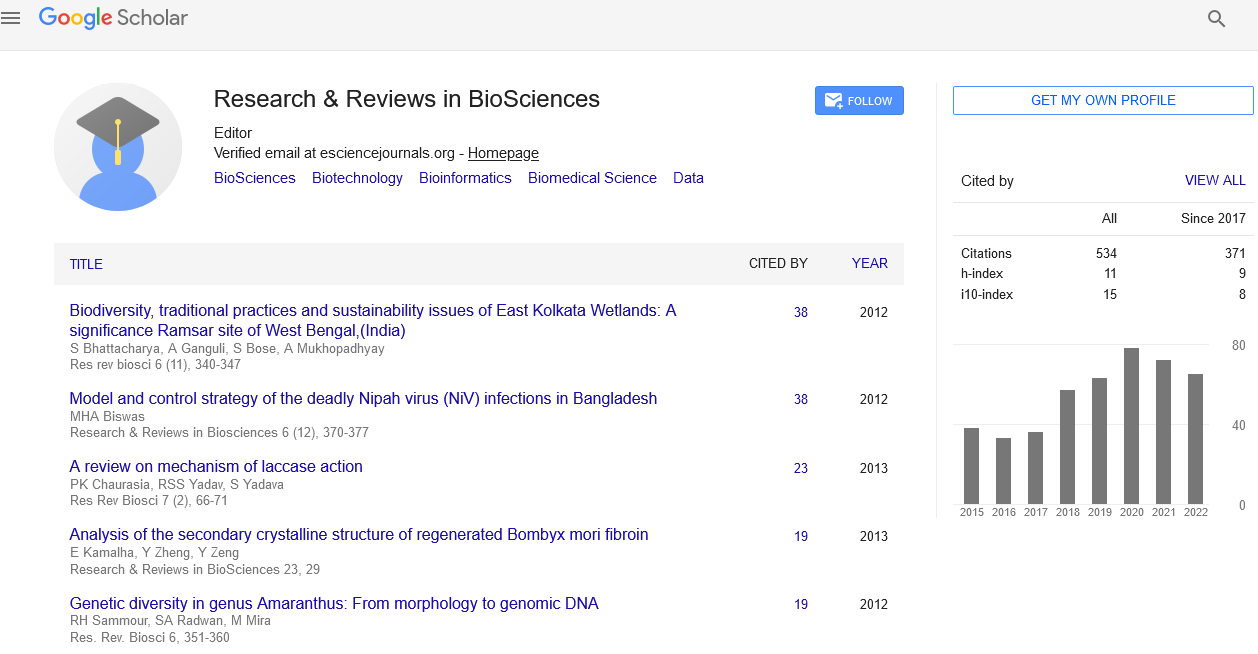Editorial
, Volume: 20( 1) DOI: 10.4172/tsrrb.2025.20(1).035Biogeography of Pathogens and Hosts: Tracking Prokaryotic and Eukaryotic Disease Agents
Abstract
Biogeography—the study of the spatial distribution of organisms—has traditionally focused on plants and animals. However, pathogens, both prokaryotic (bacteria and archaea) and eukaryotic (fungi, protozoa, helminths), also exhibit distinct biogeographic patterns that are shaped by host availability, environmental conditions, and human activity. Understanding the biogeography of disease agents and their hosts is essential for predicting outbreaks, managing public health, and conserving biodiversity.
Abstract
Biogeography—the study of the spatial distribution of organisms—has traditionally focused on plants and animals. However, pathogens, both prokaryotic (bacteria and archaea) and eukaryotic (fungi, protozoa, helminths), also exhibit distinct biogeographic patterns that are shaped by host availability, environmental conditions, and human activity. Understanding the biogeography of disease agents and their hosts is essential for predicting outbreaks, managing public health, and conserving biodiversity.
